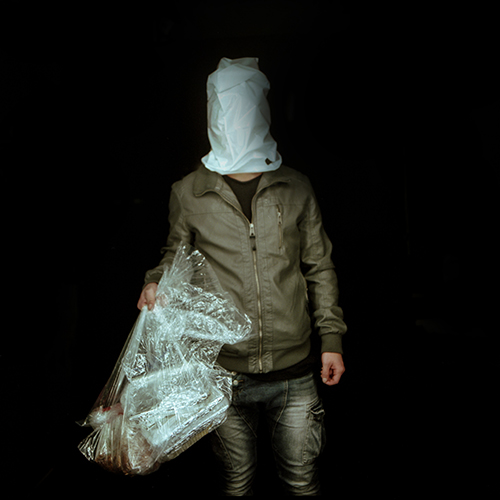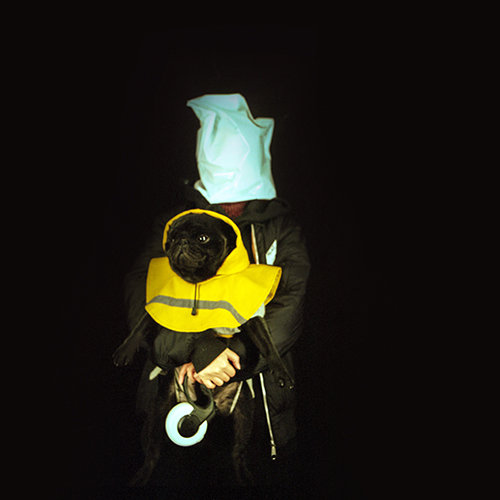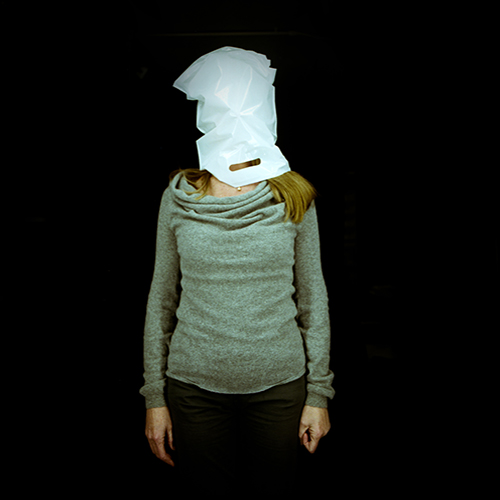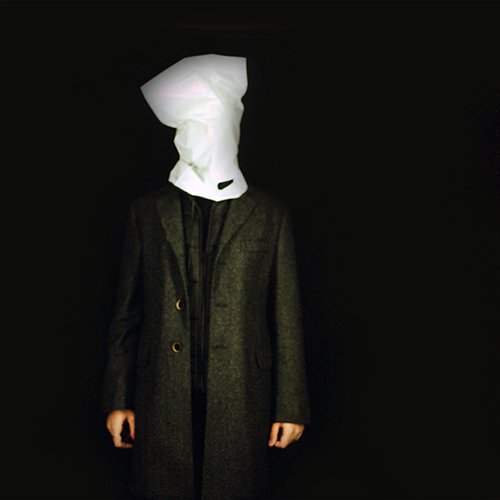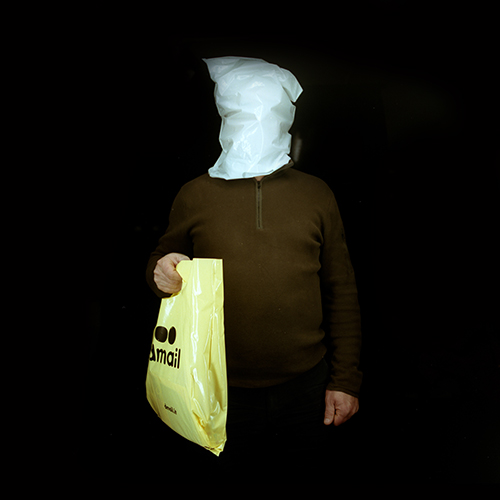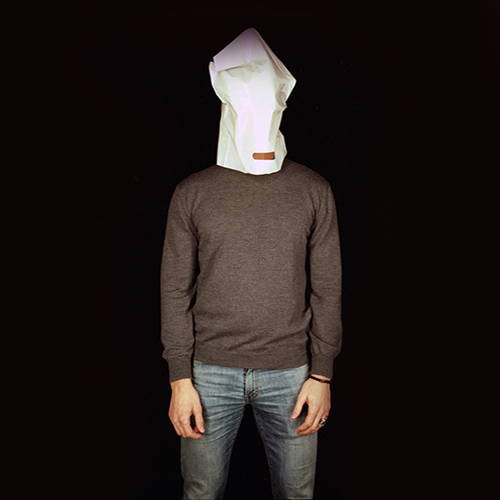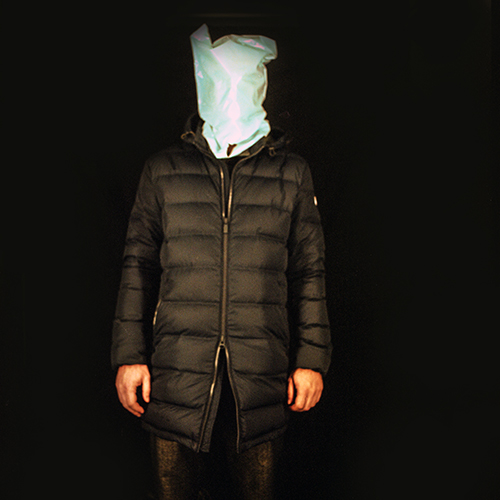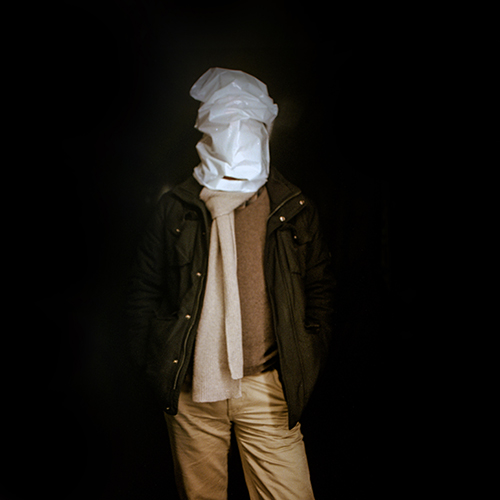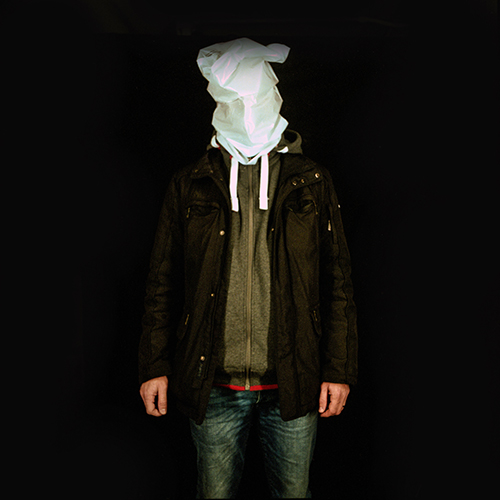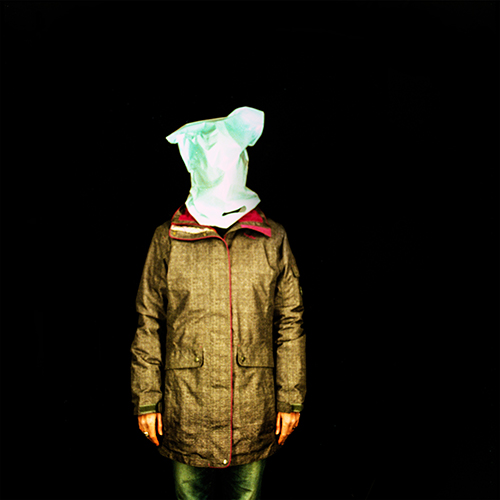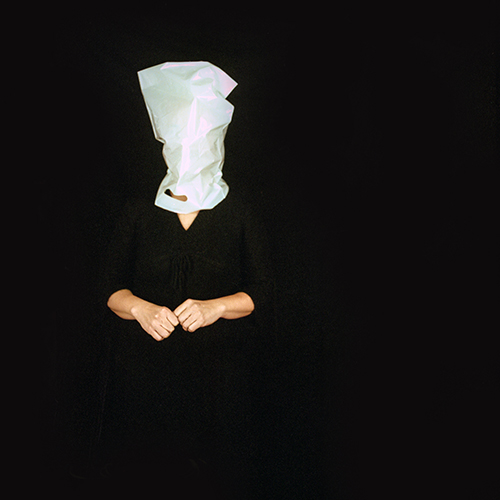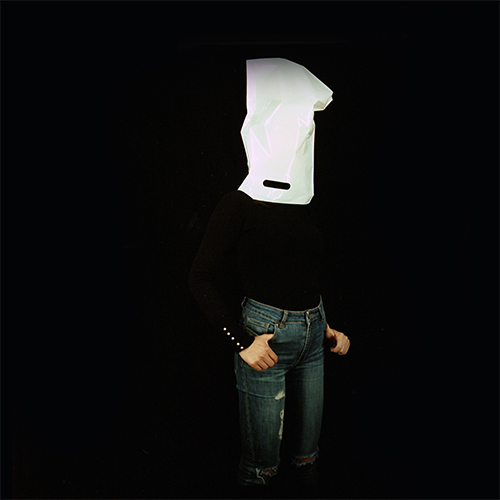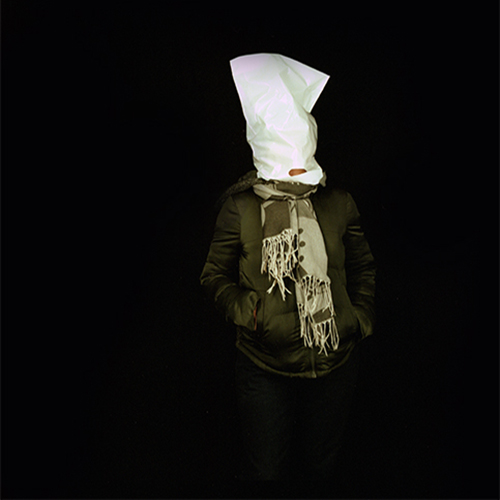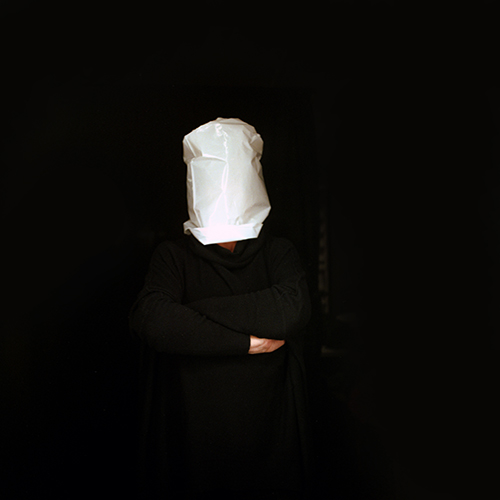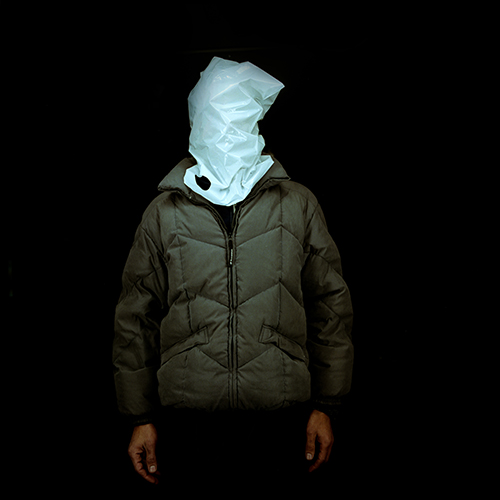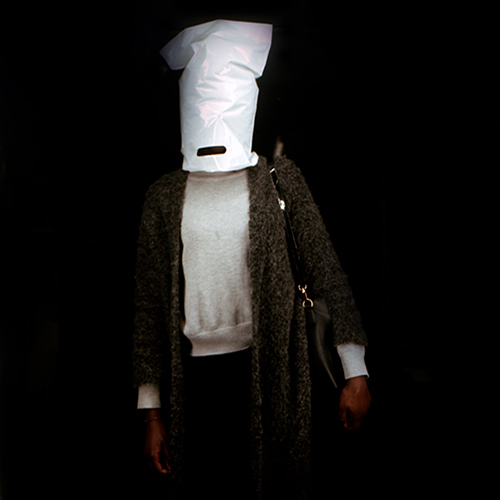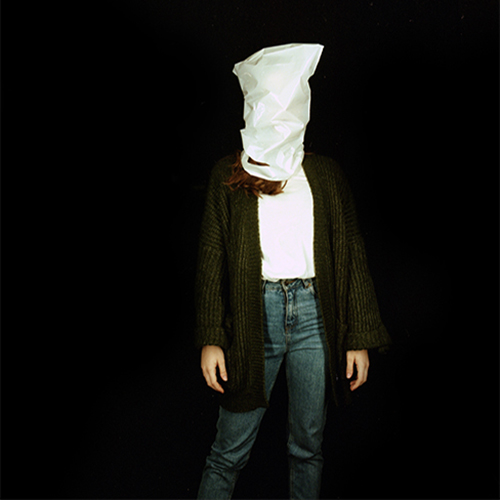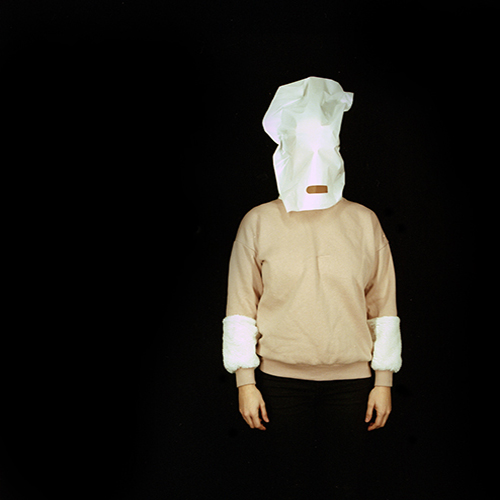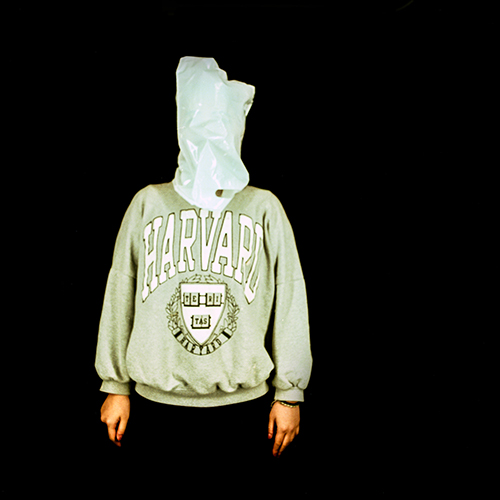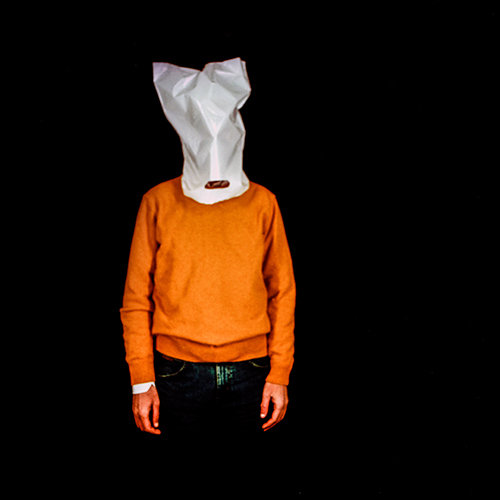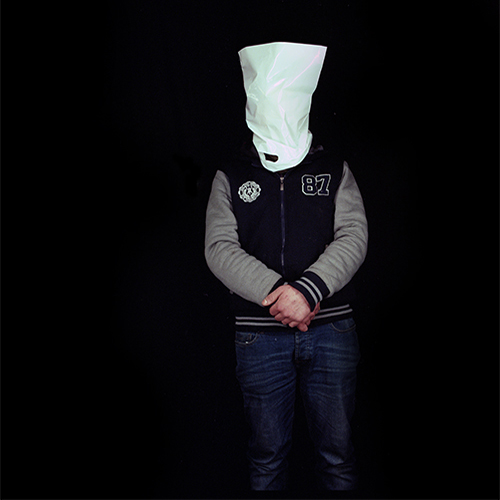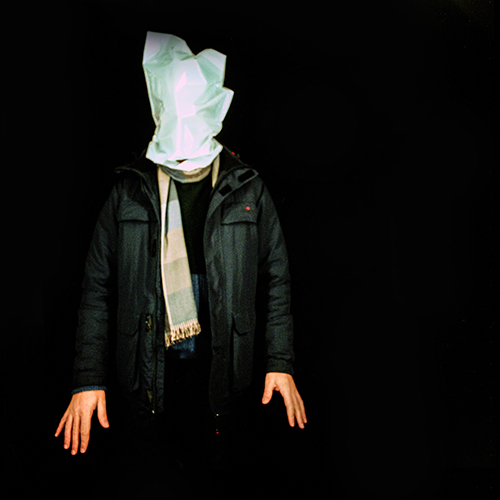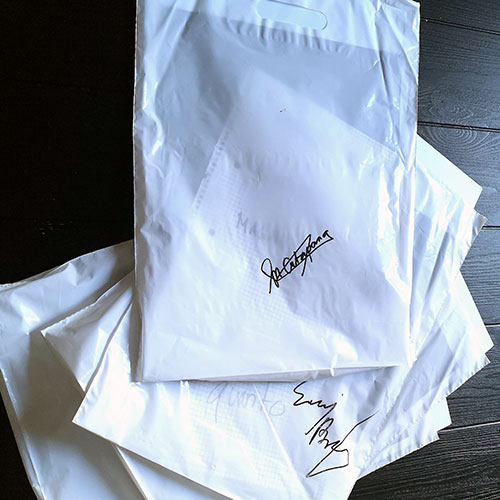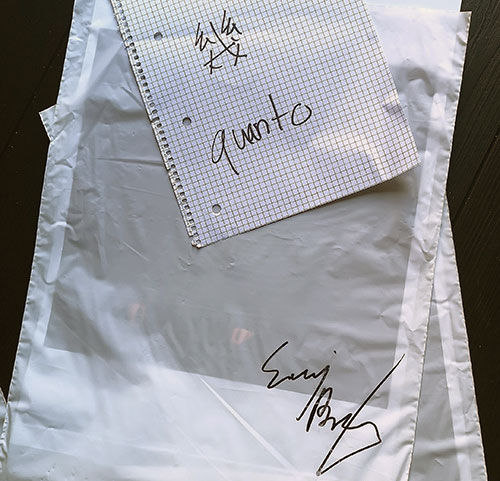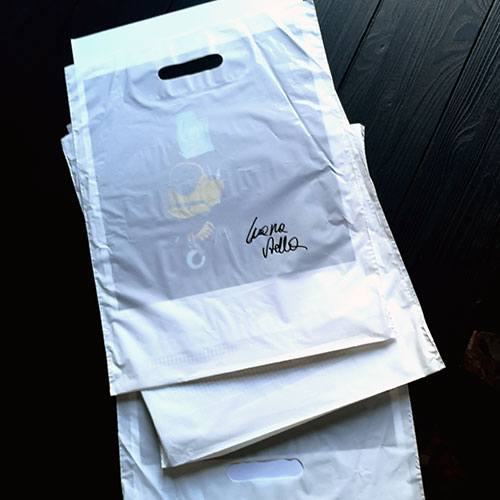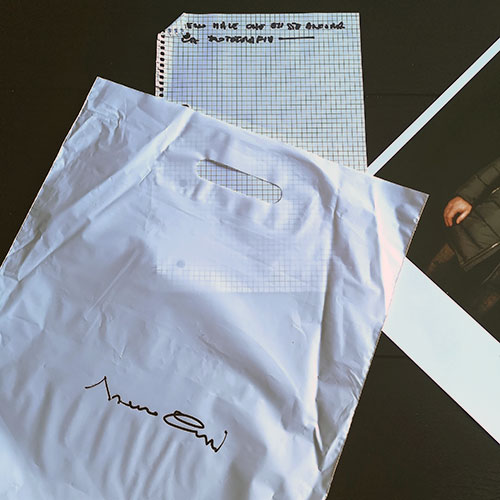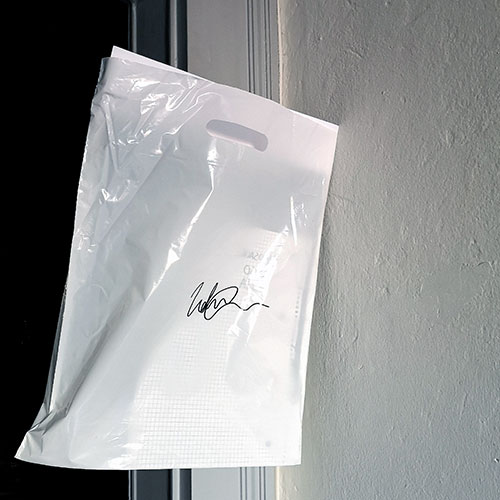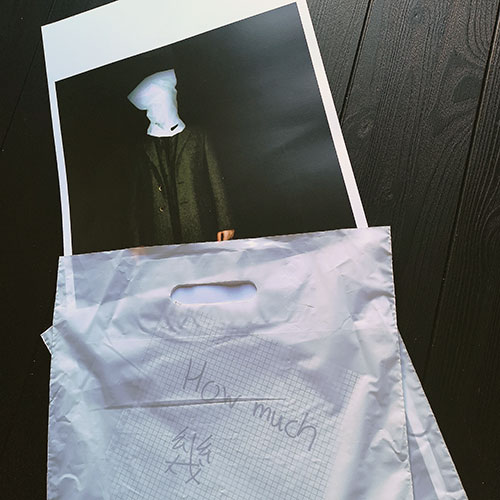Per cinque mesi in un set fotografico improvvisato nel passante della metropolitana di Porta Venezia a Milano, chiedo a sconosciuti di poterli ritrarre con il volto coperto da un sacchetto di plastica, invitando prima dello scatto a lasciare traccia su un foglio di carta con parole e segni, firmando il sacchetto in cui hanno respirato.
Cosa succede quando il flusso urbano di passanti viene interrotto?
Cosa sente il soggetto quando vista e udito sono sommersi dal respiro dentro un sacchetto di plastica?
Cosa succede al ritratto quando il volto è negato?
Quando un incidente genera disconnessione dall’ordinaria quotidianità la realtà si ripropone attraverso nuove forme di percezione e riflessione.
In questo libro ho raccolto e selezionato quindici personaggi, aggiungendo alle tracce lasciate l’immagine del respiro. L’invisibile è reale, il visibile a volte scompare nella ripetizione.
P.B.
Il libro è disponibile qui
Book available here
The disappearance of identity as an exaltation of the speaking body
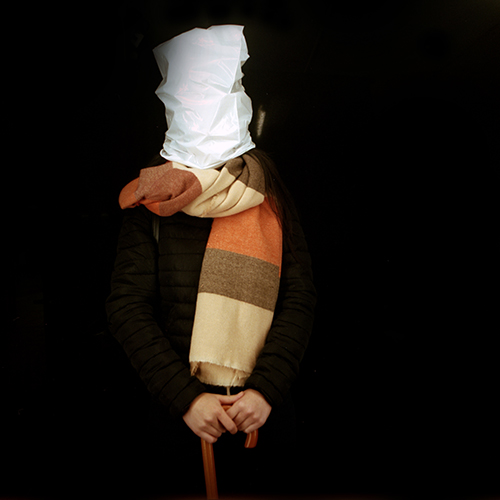
In the railway link of the Porta Venezia station in Milan, in a temporary set set up in the exhibition rooms of the Arte Passante association, I ask unknown passers-by for permission to take a portrait of them with their heads tucked into a plastic bag. I also ask them to leave signs of their passage by writing three words of their choice on a sheet of white squared paper. At the end of the performance the bag in which they breathed is marked with their name.The word “portrait” comes from the Latin retrahĕre – to drag out, reveal, expose; but what remains of a portrait when the face is denied? When in the construction of the representation, whether it is a painting or a photograph, the author voluntarily, through narrative tricks – for example a plastic bag – disconnects the ordinary flow of information? The project was born from these considerations, looking for answers, but first of all asking questions: and the first question leaves no way out because it turns into a gesture. The first flow to manage is the breathless passage of the subject who hastily crosses the Porta Venezia railway underpass: “Can I paint a portrait of you with a plastic bag on your head?”The reaction is one of amazement, annoyance but also curiosity. It is immediately clear that the instances of representation leave priority to the performative-relational dimension.
Not only will the flow of information not flow naturally with the face denied, but also the flow of intercepted passers-by will be disturbed by a crack in their path, which will lead them to the makeshift studio with their faces hidden.A portrait, when the face is hidden, inevitably leads the viewer to focus on finding information from what appears: clothes, colors, the position of the hands. But what is hidden, the face, the look, has not disappeared: he is thinking. The plastic bag becomes an element of the denied gaze, shaped by the breath of the framed subject.
Before covering his face, before becoming invisible, the subject is asked to leave a trace of his passage on a squared paper with a black marker: they are signs, words, drawings, Arabic characters or Chinese ideograms that are transformed in turn in pictures; he is asked to carry these signs with him when for a few seconds he will be isolated from external reality by visualizing them. A space of sensory suspension is therefore created in which sight and hearing limit their extension to the space circumscribed by the plastic bag. In a sort of psychic balance, what the observer does not see is amplified inside the bag in terms of sensations from the subject represented.
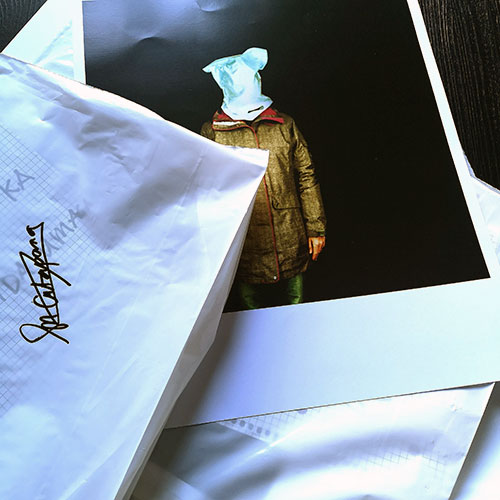
The project was designed mainly for the installation: the photographs with the squared sheet marked are not visible, just as the subject’s face is not visible, because everything is placed in the same bag used by the subject to hide the face and in which trace of his breath remains. experience must be reconstructed by the viewer, who will have to discover it by extracting the traces of the passage of unknown passers-by from the plastic bags dangling from the ceiling. I am not the author, the signature on the bag of the subject represented dispels the aura by creating a circular system of sharing intentions that also involves the viewer before or after rummaging in the bags, among the sensations and thoughts of the hidden works.

